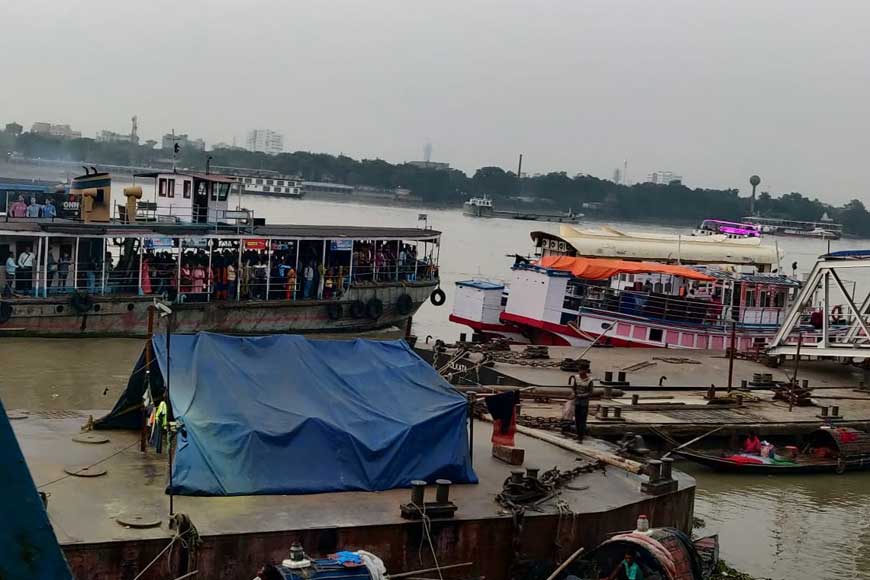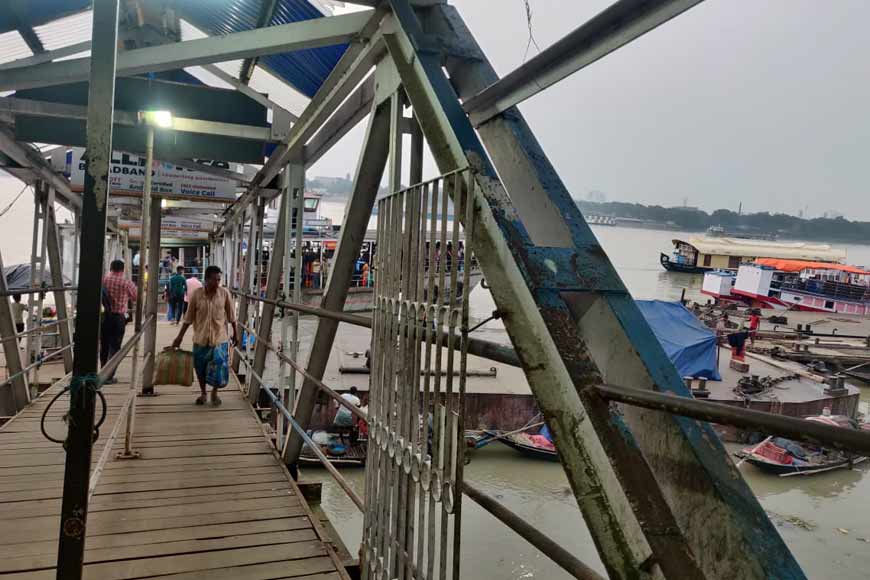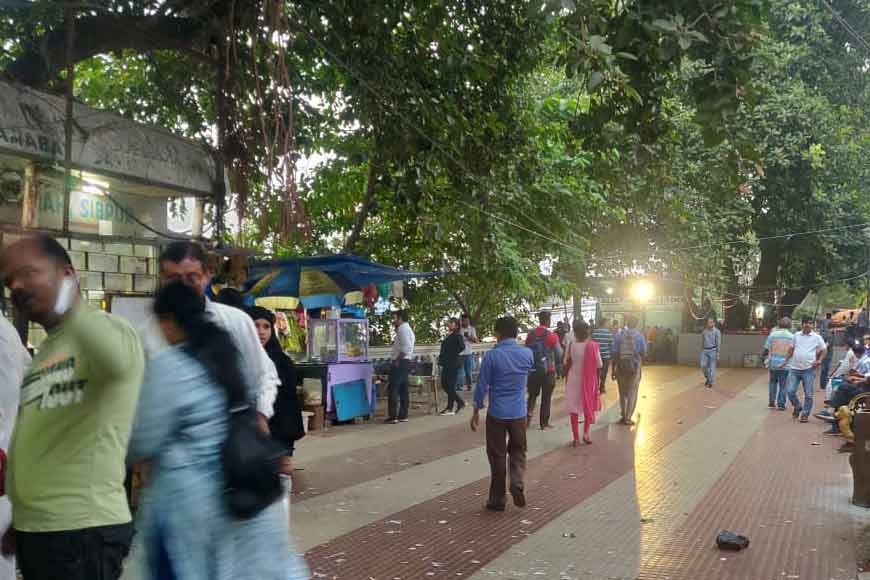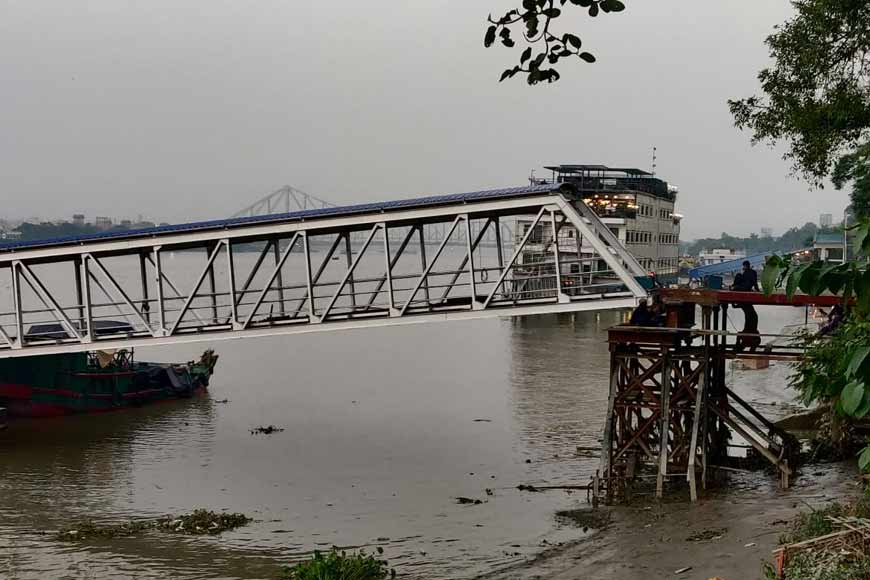Chand Paul Ghat, where British Judges and dignitaries landed
The Chhat revellers made Chand Paul Ghat a colourful soiree that they do almost every year. But not known to many of those revellers as well as many of the city dwellers is how important this ghat was under British India. We tend to speak a lot about Baboo Ghat and Outram Ghat, but Chand Paul Ghat was once upon a time a seat of maritime trade. Situated to the west of the High Court, where the Esplanade Row West meets the Hooghly, the ghat stands tall. What is interesting is how this ghat got its name from a local grocer. Chandranath Paul or Chandan Paul was very popular in the area and owned a grocery shop for refreshments. He used to cater to a steady clientele of pedestrians and boatmen.

This was also a time when the Maidan was a dense forest interspersed with a few weavers’ sheds. The Chand Paul Ghat finds mention in records since 1774 as lying on the southern boundary of ‘Dhee Calcutta.’ This was the port where India welcomed and later bid adieu to its colonizers. It was here that Governors General, Commanders in Chief, Judges of the High Court, bishops, members of the Supreme Council, and all who were entitled to the honours of a salute from the ramparts of the Fort William, first set foot in the metropolis. The most famous of them who landed at Chand Paul Ghat on 19th October 1774, was Philip Francis and his companions. For each of them, guns boomed from the Fort William.

Also read : The ghats of Kolkata, a walk like no other
A funny story centers around this arrival. They were supposed to be 19 people, but only 17 guns were sounded. As per a letter written by Alexander Mackrabie who was Francis’ brother-in-law and also the secretary: “Exactly at noon, a comfortable season for establishing the etiquette of precedency, the whole party is disposed of in three boats, and both courts safely landed at the capital of their jurisdiction. The procession to the Governor’s house was donned by heat, confusion, and beggars. No guards, no person to receive or show the way. But surely Mr. Hastings might have put on a ruffled shirt. The ceremony of introduction went through, the audience broke up, and we changed the scene though not the climate. At two, the whole party, increased by this time to one hundred and fifty, met again at the Governor’s house to dine. In such a company little order can be expected. We ate and drank and endeavoured at Society, but even wine in ale glasses cannot remove suspicion.”


The relationship between Francis and Hastings thus started on a sour note and interestingly they remained sworn enemies. Their animosity finally culminated in a duel in 1780. On the same date landed the new judges of the Supreme Court. Chand Paul Ghat was a witness to the landing of Chief Justice Impey who would go on to script history. Several hundred people were waiting at the ghat in bare feet to observe this grand event. The old ghat was later removed to make way for a new embankment and the Port Commissioners’ railway. An elaborate landing stage was erected a few yards further south. But the pomp and splendour of the arrival and departure of dignitaries had to be moved and thus a new venue came up at the Howrah Station after the advent of railways in the city. The Chand Paul Ghat is still very much in use for ferry and steamer services. Next to the old Boathouse of Calcutta Rowing Club was another important ghat, The Baboo Ghat which overtook Chand Paul Ghat in glory and fame later on.
(Some data taken from European Calcutta: Images and Recollections of a Bygone Era)










